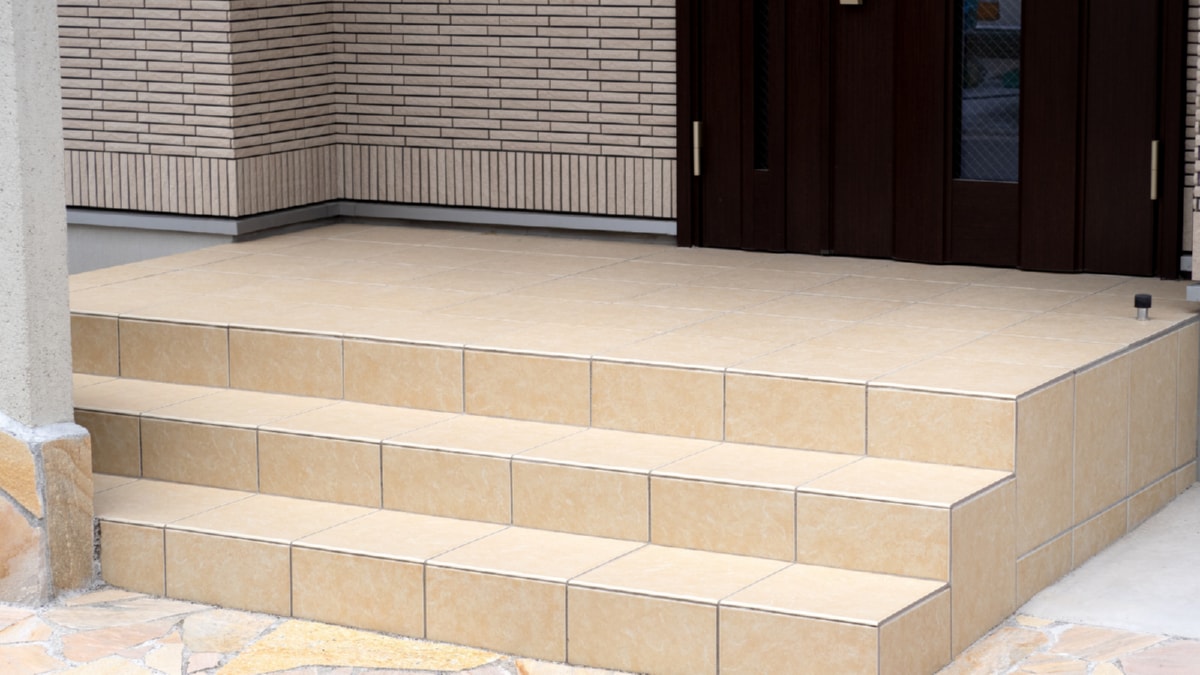The construction industry is undeniably one of the most resource-intensive sectors. However, with the increasing awareness of environmental sustainability, green building or sustainable construction is gaining significant momentum. The following are some emerging trends in green building that are shaping the future of the construction industry.
Firstly, we see an increasing adoption of energy-efficient designs. Architects and engineers are integrating energy-saving features into their designs as a standard practice. For instance, passive solar building design uses the sun’s energy for heating and cooling of structures, thereby saving on artificial energy resources. Similarly, the installation of energy-efficient appliances and systems like LED lighting, energy star-rated appliances, and high-efficiency HVAC systems are all initiatives towards green building.
Another trend is the use of sustainable building materials. The industry is shifting from conventional materials like concrete and steel to more sustainable alternatives. Bamboo, recycled steel, composite timber, and other locally sourced materials are being increasingly used. These materials not only reduce the environmental footprint of the construction but also often offer better durability and lower maintenance costs.
Water conservation is another key focus area in green building. Water-efficient fixtures, rainwater harvesting systems, and greywater recycling are becoming common features in new constructions. These measures not only conserve water but also significantly reduce the utility bills, making them an attractive choice for the end-users.
Waste management is another emerging trend. The construction industry is one of the major contributors to landfill waste. However, this is changing with the increasing adoption of construction waste recycling. Debris from construction sites is being recycled to produce new materials, thereby reducing the demand for fresh resources and minimizing waste.
Another noteworthy trend is the integration of green spaces. The inclusion of green roofs, vertical gardens, and landscaped terraces not only enhances the aesthetic appeal of buildings but also improves air quality, reduces the heat island effect, and promotes biodiversity.
Building certification programs like LEED (Leadership in Energy and Environmental Design) and BREEAM (Building Research Establishment Environmental Assessment Method) are also driving the trend towards green building. These certifications provide a tangible measure of a building’s environmental impact and encourage the adoption of sustainable practices in construction.
The rise of smart buildings is another trend to watch. Smart buildings use technology and data to optimize building operations, reduce energy consumption, and improve the comfort and well-being of occupants. They include features like smart meters, energy management systems, and automation systems that control lighting, heating, and cooling based on occupancy and user preferences.
In conclusion, the future of the construction industry will be shaped by green building trends. The industry’s move towards sustainability is not only a response to environmental concerns but also an opportunity to create healthier, more efficient, and cost-effective spaces. The integration of energy efficiency, sustainable materials, water conservation, waste management, green spaces, building certifications, and smart building technology is transforming the face of construction and setting new standards for the industry. The emergence of these trends reflects a promising shift towards a more sustainable future.
For more details, check best masonry services or visit their business listing here.



